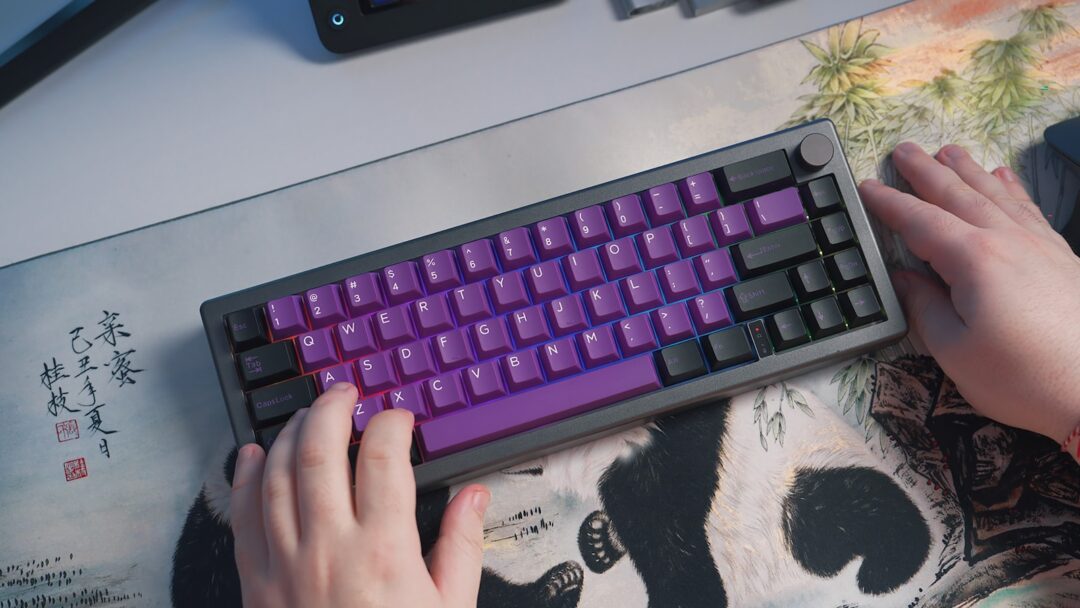Human-Computer Interaction (HCI): A Catalyst for Improved Input Devices in the Gulf
Human-computer interaction (HCI) plays a crucial role in enhancing the usability of various input devices in the Gulf region. By studying how humans interact with technology, HCI experts identify pain points and design intuitive solutions that streamline user experiences. This leads to the development of more efficient, comfortable, and user-friendly input devices that cater to the specific needs of individuals and businesses in the Gulf.
The Significance of Input Devices in the Digital Age
In today’s technology-driven world, input devices are essential tools for communication, productivity, and entertainment. From keyboards and mice to touchscreens and voice-activated interfaces, these devices bridge the gap between humans and computers, enabling us to interact with digital content and services. In the Gulf, where digital transformation is accelerating across sectors, the usability of input devices is paramount. Whether it’s a business executive managing projects or an entrepreneur creating innovative products, the right input device can significantly impact productivity, creativity, and overall user satisfaction.
The Role of HCI in Input Device Optimization
HCI experts employ various methodologies to examine the usability of input devices, such as user research, usability testing, and ergonomic assessments. By analyzing user behavior, preferences, and pain points, HCI professionals can identify areas for improvement and develop design recommendations that enhance the overall user experience. This includes considerations such as the size, shape, and placement of buttons and controls, the responsiveness and accuracy of touchscreens, and the ergonomic design of keyboards and mice to prevent strain and discomfort.
HCI-Driven Innovations in Input Devices
Touchscreen Technology in the UAE
The UAE has witnessed a surge in the adoption of touchscreen technology across various sectors, from retail and hospitality to healthcare and education. HCI principles have been instrumental in optimizing the usability of touchscreens, ensuring that they are responsive, accurate, and easy to navigate. For instance, the Dubai Mall, one of the largest shopping malls in the world, utilizes interactive touchscreen directories to help visitors find stores and navigate the mall. These directories are designed with HCI principles in mind, featuring intuitive interfaces, clear visuals, and easy-to-use navigation controls, enhancing the overall shopping experience.
Voice-Activated Interfaces in Saudi Arabia
Voice-activated interfaces are gaining popularity in Saudi Arabia, particularly in the automotive and smart home sectors. HCI experts are working to improve the accuracy and responsiveness of these interfaces, ensuring that they understand natural language and can execute commands reliably. For example, Saudi car manufacturer GAZT has partnered with a leading AI company to develop a voice-activated virtual assistant for its vehicles. This assistant can understand Arabic and English commands, allowing drivers to control various functions of the car, such as music, navigation, and climate control, using voice commands, enhancing safety and convenience.
Ergonomic Keyboards and Mice in the Gulf Workplace
In the Gulf workplace, where computer usage is prevalent, ergonomic keyboards and mice are becoming increasingly important to prevent repetitive strain injuries and enhance productivity. HCI principles are applied to the design of these input devices, ensuring that they provide optimal support for the hands and wrists, reducing strain and discomfort. For example, companies like Microsoft and Logitech offer a range of ergonomic keyboards and mice that are designed to fit the natural contours of the hand, promoting a neutral wrist position and reducing the risk of carpal tunnel syndrome.
The Future of HCI and Input Devices in the Gulf
The future of HCI in the Gulf region is bright, with ongoing research and development efforts focused on creating even more innovative and user-friendly input devices. With the rise of artificial intelligence, virtual reality, and augmented reality, we can expect to see new forms of input devices that offer more immersive and intuitive ways to interact with technology. By continuing to prioritize HCI principles, businesses in the Gulf can ensure that their digital tools and services are optimized for user experience, productivity, and overall success.
The Rise of Gesture-Based Interfaces
Gesture-based interfaces, which allow users to control devices with hand movements, are gaining momentum in the Gulf. This technology has the potential to revolutionize how we interact with computers and other devices, making it more natural and intuitive. HCI research is focused on developing more accurate and reliable gesture recognition algorithms, as well as designing interfaces that are easy to learn and use. The potential applications of gesture-based interfaces are vast, from gaming and entertainment to healthcare and education.
The Convergence of Input and Output Devices
The lines between input and output devices are becoming increasingly blurred. For example, touchscreens can serve as both input and output devices, allowing users to interact with content and receive feedback through the same interface. Similarly, haptic feedback devices provide both input (through touch) and output (through vibrations or force feedback). HCI research is exploring how to leverage this convergence to create more seamless and immersive user experiences. For example, haptic feedback could be used to provide realistic sensations in virtual reality environments, enhancing the sense of presence and immersion.
#humancomputerinteraction #HCI #inputdevices #usability #userexperience #technology #innovation #Gulfregion #SaudiArabia #UAE #gesturebasedinterfaces

